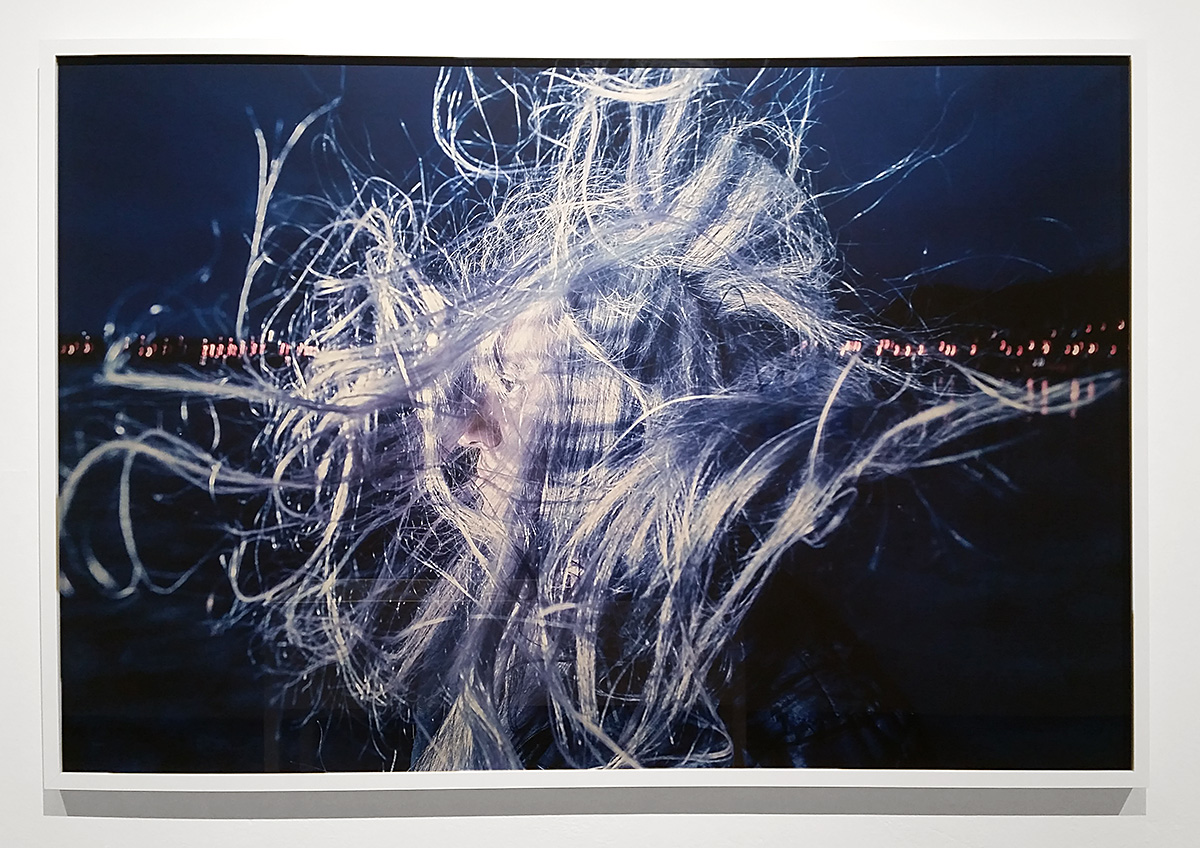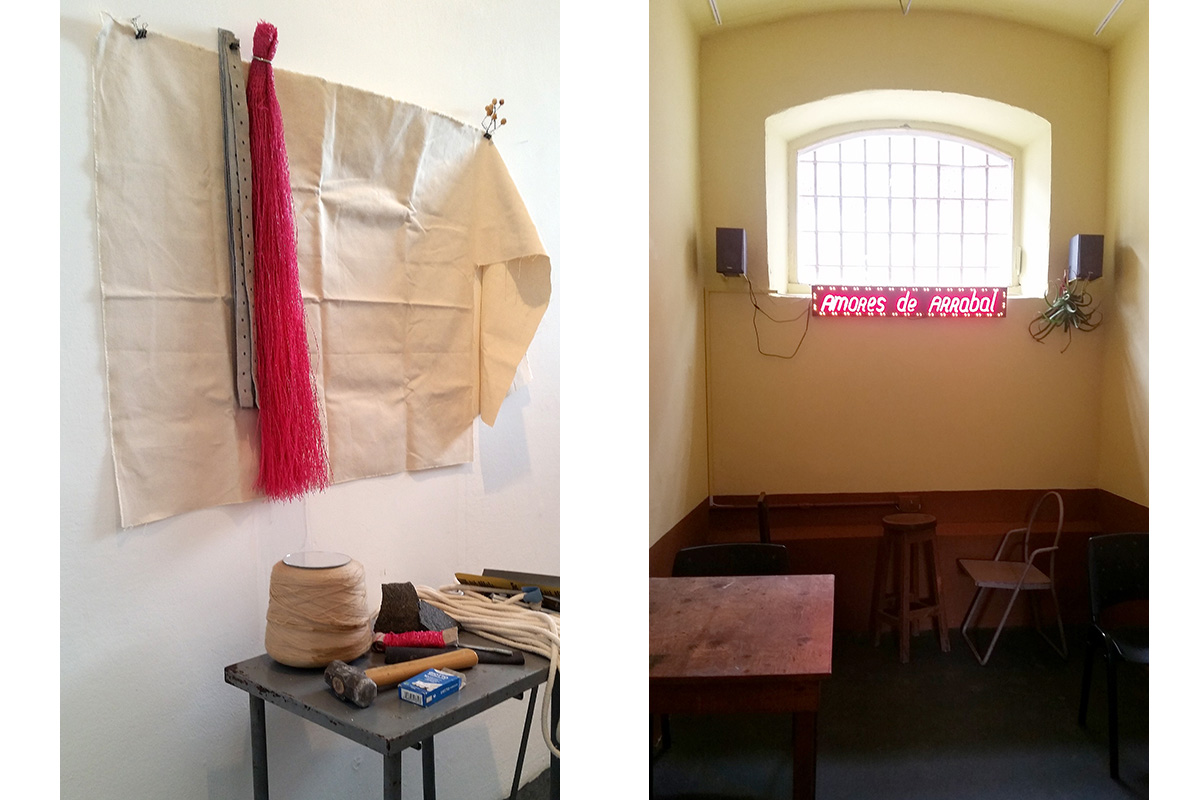Espacio de Arte Contemporáneo
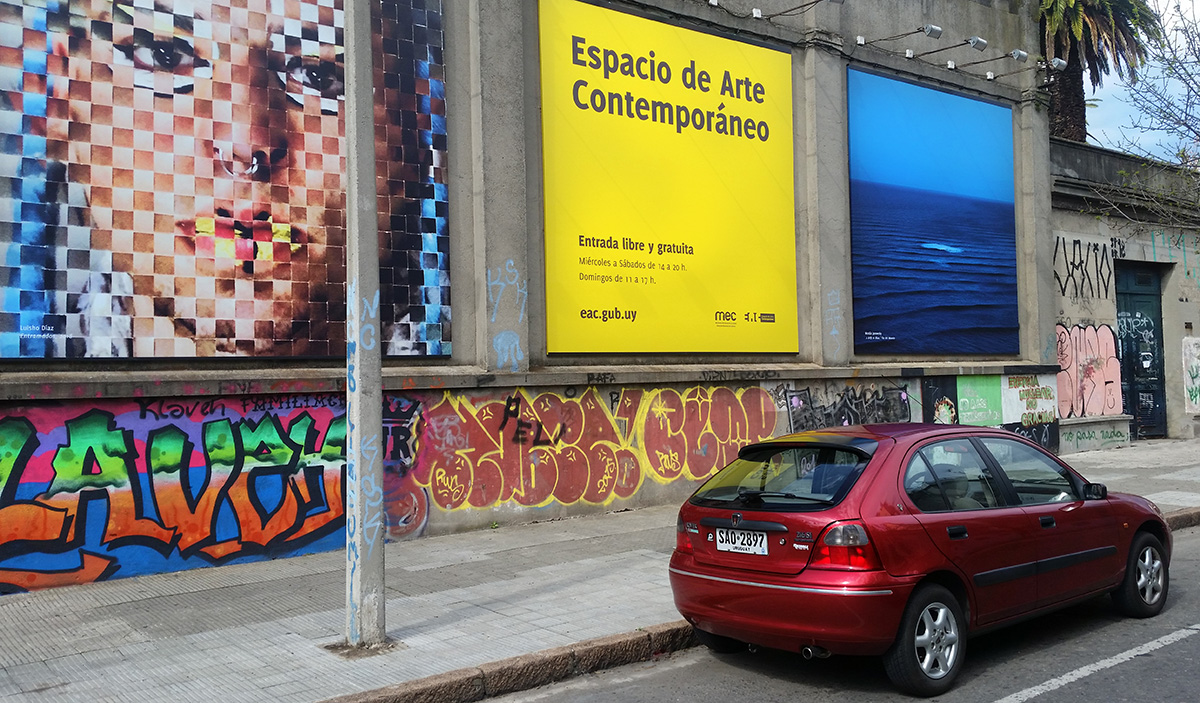 Outer Wall of Former Miguelete Prison, now the site of the Espacio de Arte Contemporaneo
Outer Wall of Former Miguelete Prison, now the site of the Espacio de Arte Contemporaneo
Of the dozen+ visual art institutions under the direction of Uruguay’s Ministry of Culture and Education (MEC), only one is dedicated to contemporary art. Likewise, only one has, as part of its core mission, the obligation to serve as a conduit between the nation’s art community and like-minded regional and international institutions.
EAC, (Espacio de Arte Contemporáneo) is a contemporary art space created in 2010 as part of a government project to renovate the dilapidated Miguelete Prison in downtown Montevideo. A stunning structure despite its age and sordid past, architects and designers have painstakingly repurposed a vibrant space for the public without whitewashing its history.
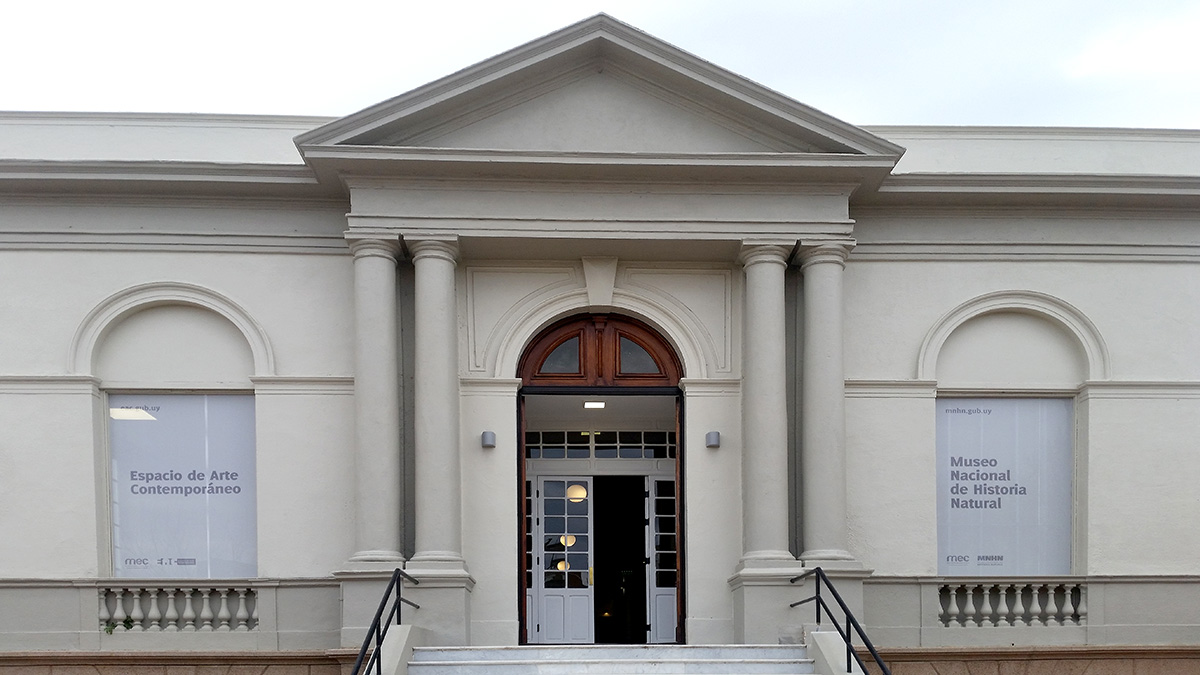
The Mandate:
Contemporary. Global Participation & Outreach, all characteristics which serve to create a fresh approach to the development of the arts and its institutions as a vibrant, ground-setting community that incorporates the best from around the world and shares the best contemporary Uruguayan artists with that world. For a quick overview, take a few moments to watch this video. (Subtitles in English)
The Structure:
EAC’s completed areas are stellar. Despite the predominance of small exhibition spaces (converted prison cells,) there is an overall ambiance of space due to the large courtyard, el Patio Norte, as well as the innovative use of the double-height main corridor for additional exhibition and conference space. Also functioning on the site is an auditorium, residence space for regional and international interchanges and substantial workshop areas for artists to produce works on site.
EAC supports many emerging and mid-career younger artists. The cell-size spaces are actually a welcome relief from fairs and museum shows that stretch endlessly and are usually dominated by the soaring works of the same clique of established artists. Intimacy allows them time to focus on singular concepts, often as few as one solo work. Due to limited space, viewers can often grab a few moments alone to connect with a work on a more personal basis.
There is plenty to come. After close to a decade, the project is still far from complete. Multiple wings of the former prison remain derelict, as do most of the surrounding grounds, the containing walls and outbuildings. Partial construction and debris abounds. This of course is no fault of MEC. We’re talking about government funding for a contemporary visual arts project, not exactly a top wrung preference or priority in a small country that struggles to maintain some semblance of equilibrium between cost of living and income potential for its citizens.
The good news is that EAC is NOT a sparkly commercial shopping mall like another converted prison in Punta Carretas.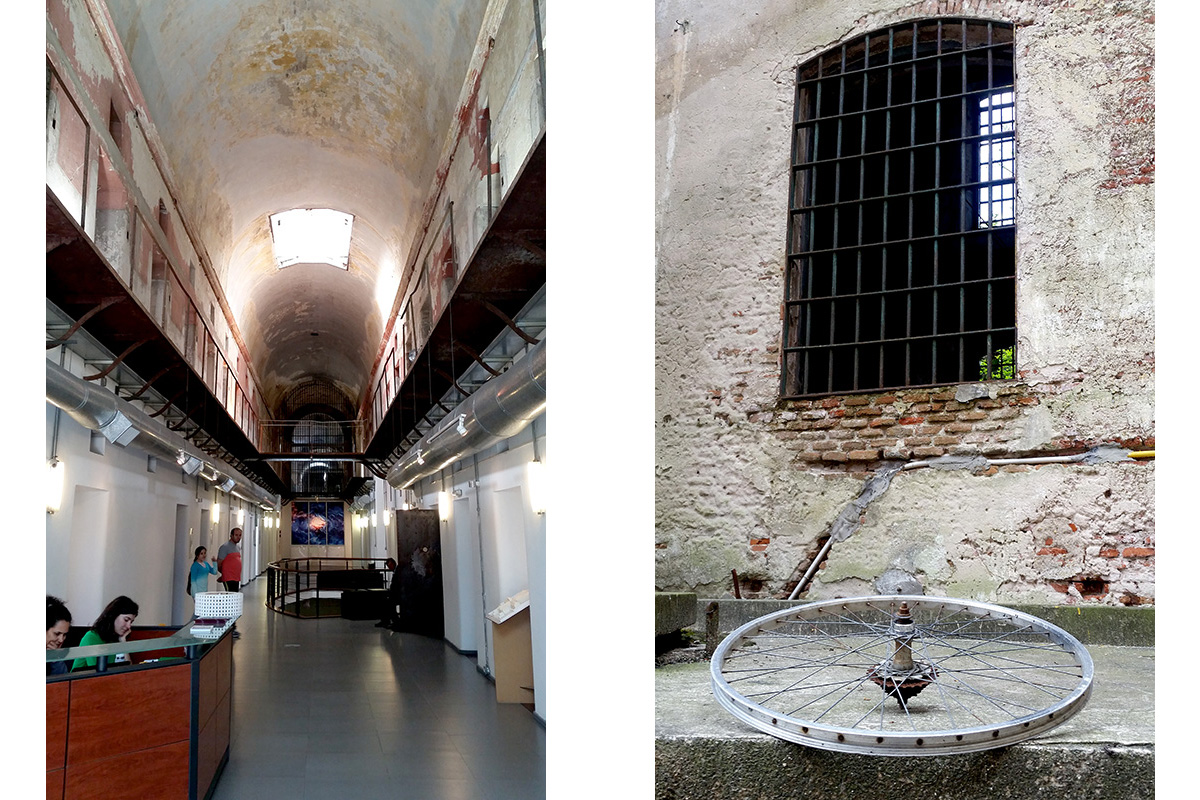
The Art:
Having so many small salons spread on multiple floors as well as out-buildings allows EAC to program many projects simultaneously. At any given time you can see riveting combinations of performance art, video presentations, artists at work on-site and a variety of cutting edge contemporary works that you’ll rarely find in other venues throughout the city. It’s most definitely a younger, cooler vibe than most Montevideo museums. It also feels more inclusive and inviting, not a small feat for any place after less than a decade.
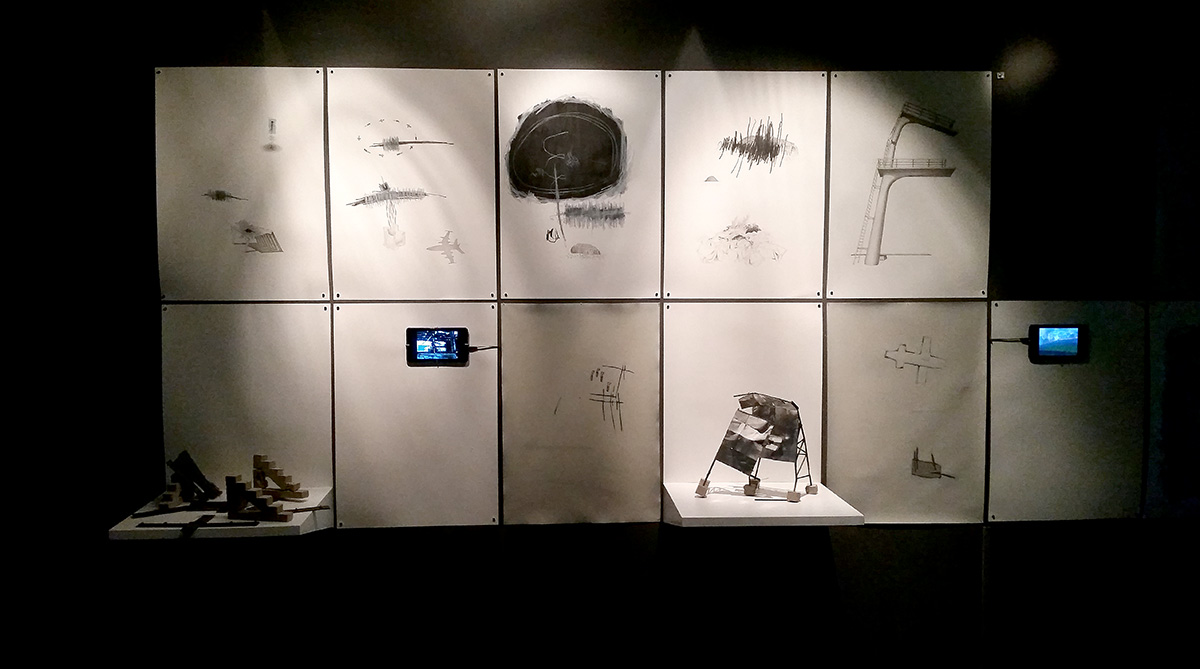
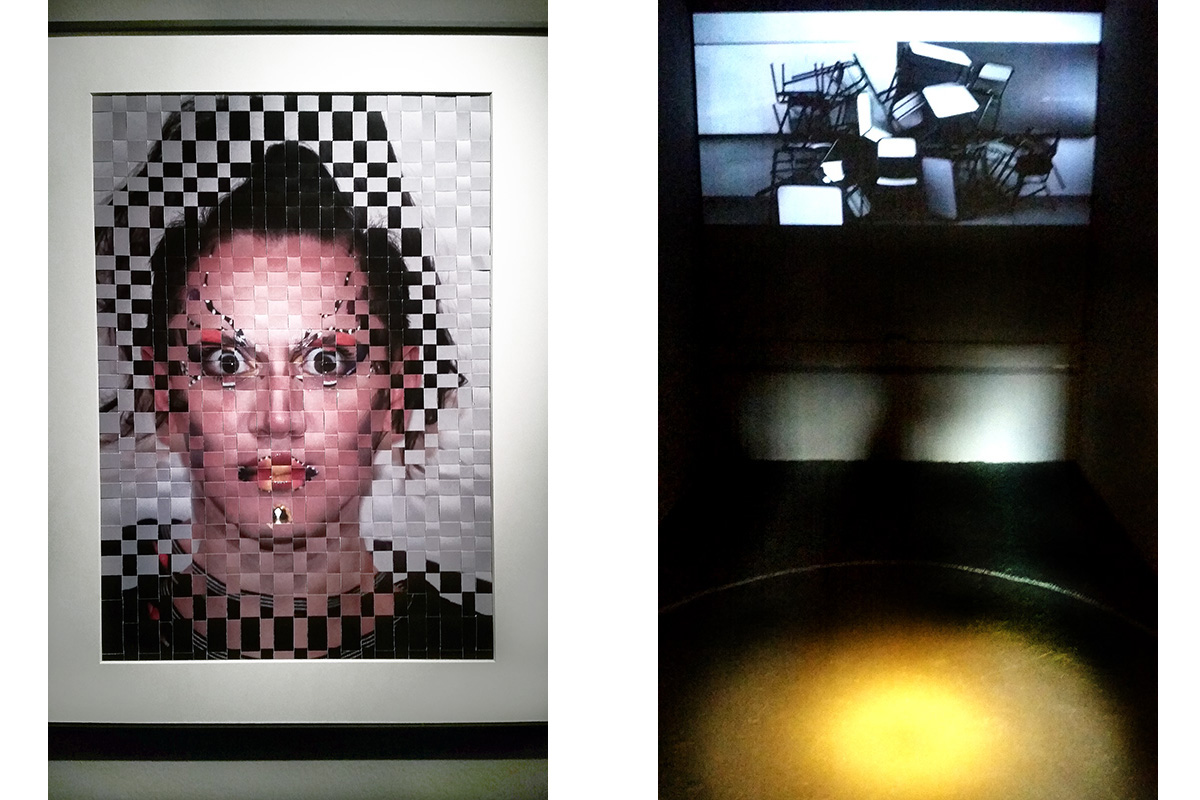
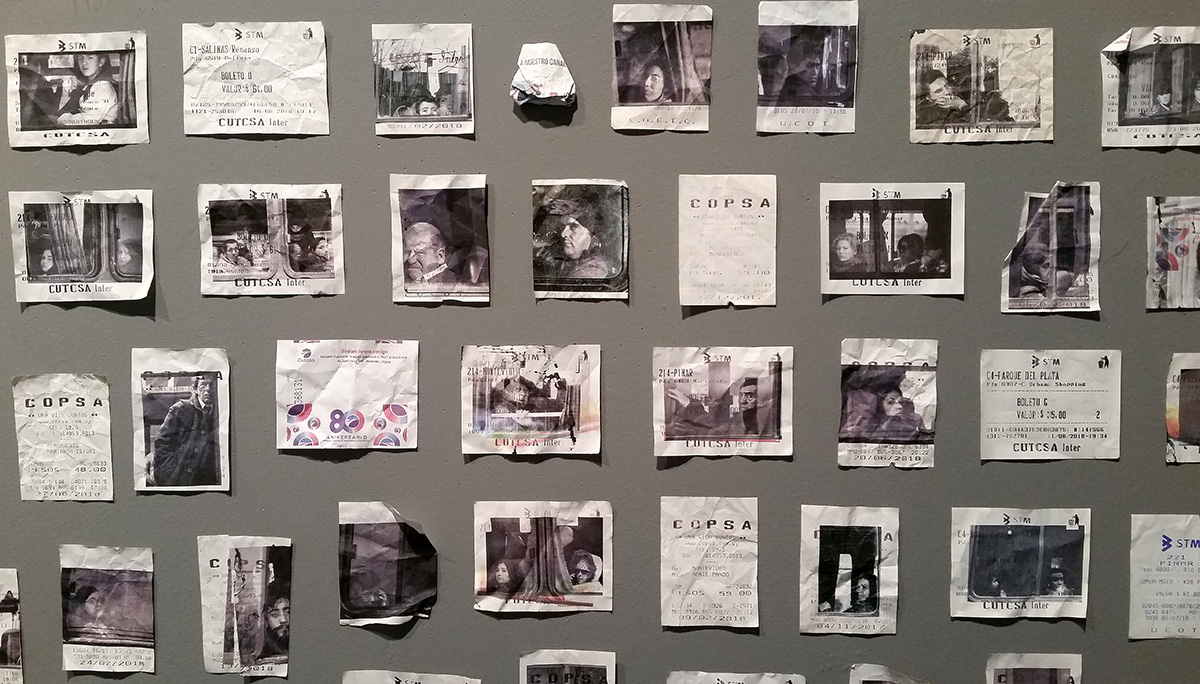
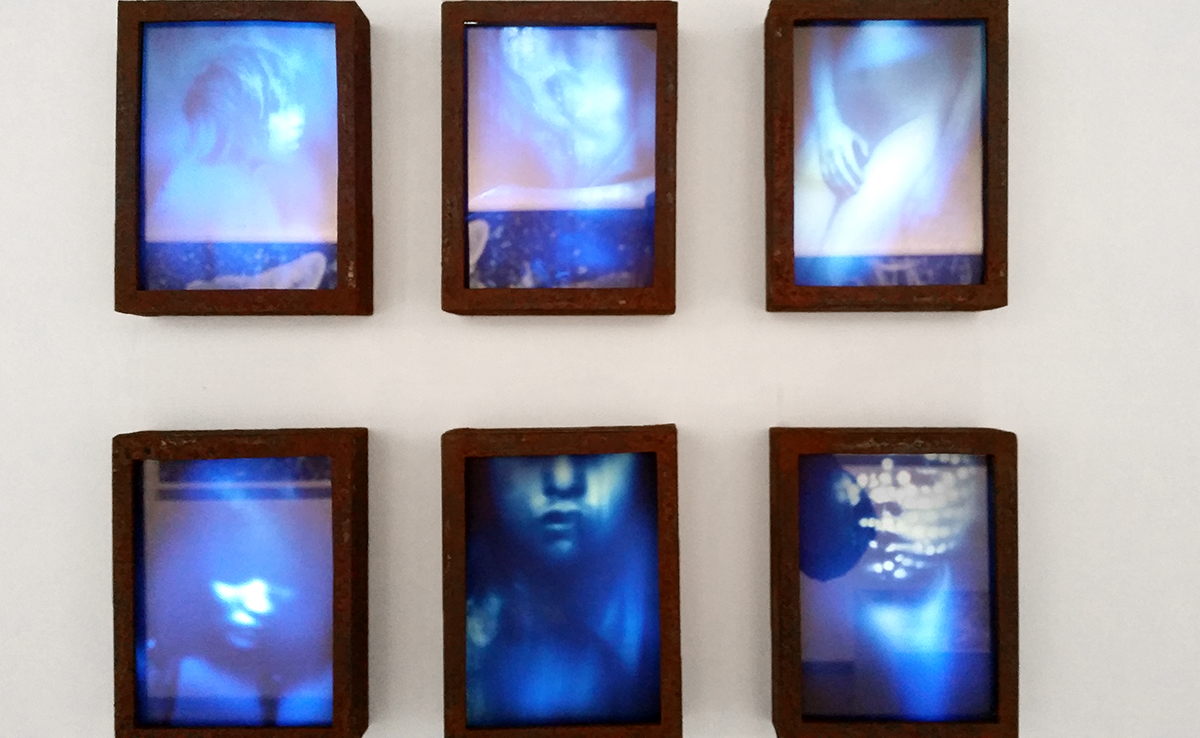
EAC has become great place to meet, learn and see great contemporary art. The program includes teaching sessions for children, seminars featuring luminaries in the field and regular international guests.
Highly Recommended !
Info
Montevideo - Uruguay
Wednesdays to Saturdays 2pm to 8pm
Free Admission
Tel. 2929 2066
